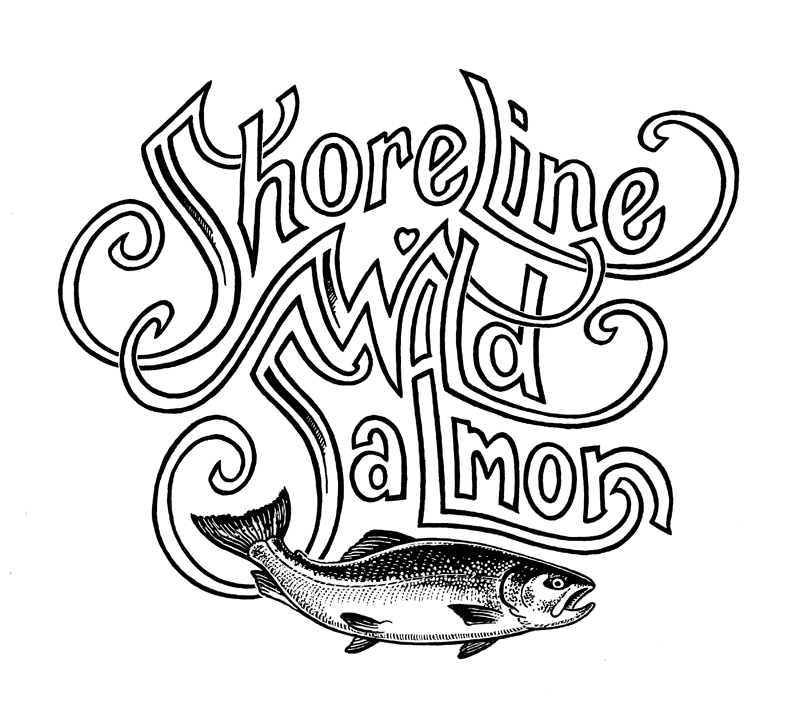What is Lingcod?
What is Lingcod?
Despite its name, Lingcod is not actually a cod. It is a Pacific Greenling. These fish have dark gray, brown, or greenish scales with copper-colored spotting along the back. They can grow up to 90 pounds, though most that we catch are closer to 10 pounds (and as you can see in the photo above, their head is responsible for a significant amount of that weight in comparison to the rest of the fish, which is long and slender).
How is Lingcod fished?
The Lingcod available through our website is either caught during a targeted longline fishery in the late spring or early summer, or as by-catch during the summer troll season (both of these are hook & line fisheries).
By-catch is defined by the Marine Stewardship Council (MSC) as “fish or other marine species caught unintentionally while trying to catch another type of fish”. While we typically aim to reduce by-catch while fishing for salmon, we do occasionally come across a Lingcod at the end of our lines.
What’s different about Lingcod as by-catch? Is it still sustainable?
We only haul aboard Lingcod when the Department of Fish and Game has provided allowances for the species in the areas where we are fishing. The number of pounds of Lingcod fished are recorded every time fishermen come to town to offload their catch. This allows the state to keep real-time records of how much each species is being harvested, giving them the ability to appropriately limit or expand the harvesting of certain species, such as Lingcod.
If we have a Lingcod on one of our lines when the Department of Fish and Game is not allowing the harvesting of Lingcod, they are returned to the ocean unharmed and alive.
Regulations in Alaska are listed by NOAA and include:
Closing the fishery during spawning and nesting seasons to protect spawning female lingcod and nest-guarding male lingcod
Limits on the minimum size of fish that can be caught to protect immature fish from being harvested and allow fish to spawn at least once before being subject to harvest
Restricting catch through catch and bycatch quotas
The MSC states that, “Fishing activity with bycatch can be deemed sustainable so long as the amounts of bycatch are well managed and the affected fish populations remain healthy”.
What does Lingcod taste like?
Lingcod can easily be compared to Halibut, Rockfish, or Snapper. Lingcod has large, tender, white flakey meat and a mild flavor. It is delicious grilled, pan seared, baked, or used for fish & chips! You’ll know it’s cooked through when it’s no longer translucent in the center.
Looking for a good recipe for Lingcod? Here’s one I’ve been cooking up lately. It’s received raving reviews from my family and friends!



